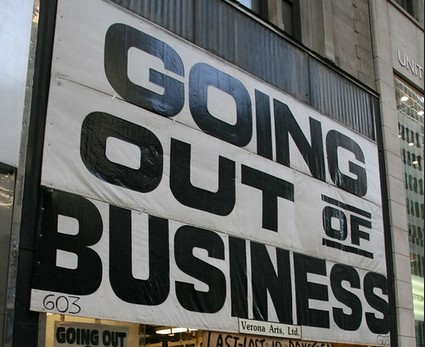Nearly 3 million Americans filed first-time unemployment claims last week, bringing the total to 36.5 million since mid-March. That represents 22.4% of the March labor force.
It was the eighth week in a row that the number for initial claims decreased after peaking at 6.9 million in the final week of March. Economists say this is relatively good news because it means things aren’t getting worse, but their expectations for a quick recovery are not optimistic.
Janwillem Acket, Chief Economist, Julius Baer mentions that “April 2020 has become a historical month, revealing the most dramatic monthly erosion of US jobs since the Great Depression of the 1930s. driven in particular by massive job cuts, e.g. from the largely closed-down leisure and hospitality sectors. It comes as no surprise that the brunt of the US jobs erosion is born by the services sectors. The most bizarre figures for April concerns wages, showing very strong, positive (!), average growth rates. Overall, the April data could, in hindsight, stand out as an absolute low in job losses, because small-and-medium-sized businesses are receiving fiscal support with loans that could be partially forgiven if used for employee salaries. The Federal Reserve has also provided businesses credit lifelines. In addition, 30 of 50 US states are reopening their lockdowns, allowing businesses to operate again. Therefore, we can expect a wave of re-employment once the economy recovers in the wake of a further loosening of the lockdowns in the second half of 2020. However, consumption, in particular of services, has suffered a severe blow in the current quarter and therefore an overall contraction of US real GDP, by approximately an annualised 30%, is in the cards. However, looking ahead, it is highly likely that consumer behaviour could become rather cautious, given the lasting insecure backdrop. Many companies will cease to exist or are already bankrupt, and others, which survive the Covid-19 crisis, could wait longer before hiring new people. It will take time to get most of the unemployed back to work, and the US economy will not be able to recover to the GDP levels of the end of 2019 until Q3 2021.“
Ranko Berich, from Monex Europe says that “Today’s jobs figures are catastrophic on a human and economic level, but from a policy or a markets perspective, they simply confirm what both central banks and market participants have been reacting to since at least March. We know the covid-19 shock will be extraordinarily bad, and today’s data confirms it. The finer details of the report are interesting, but largely beside the point when compared to the sheer scale of job losses. After accounting for the vagaries of survey responses, it seems roughly one sixth of the US workforce has been made unemployed in the space of a month... Today’s data is merely confirming what markets, governments, and central banks have been bracing for since at least March: a global recession of unprecedented suddenness and depth.”
James McCann from Aberdeen Standard Investments, adds: “The challenge today is for the Federal Reserve and Congress to get ahead of this crisis as it unfolds. After a strong start, there is a great risk that they will be left behind and the abrupt stop of the economy will turn into a prolonged fall that would be ruinous. Avoiding this scenario will require the Federal Reserve to adopt new tools like helicopter money.”
Dave Lafferty from Natixis warns about the fact that “equities continue to rally on the idea that the economy is slowly re-opening and that the economic damage will be largely transitory. For now, investors are running with every morsel of good news and dismissing the bad news. However, in the coming months, the deeper scars of the recession will reveal themselves. We expect the unemployment rate will top out between 17% – 20% in the coming months. Yes, it will recede quickly, but may remain stubbornly above 8% through 2021. Will equity investors still want to pay over 22x earnings for growth that still looks recessionary by any historical standard?”

